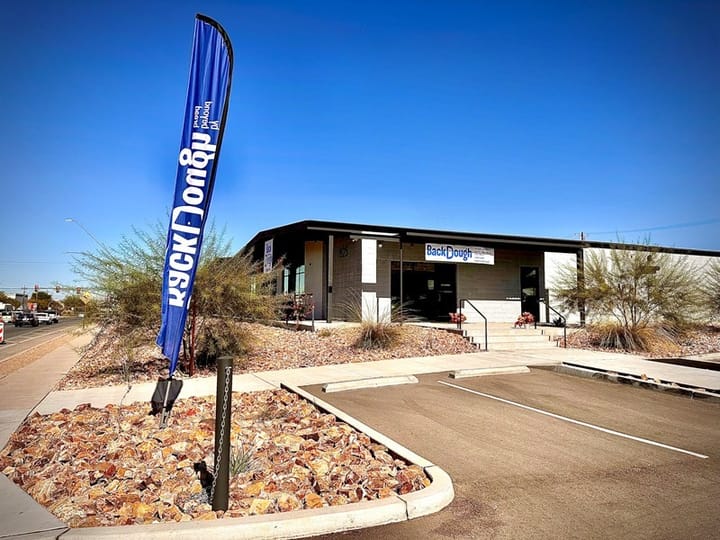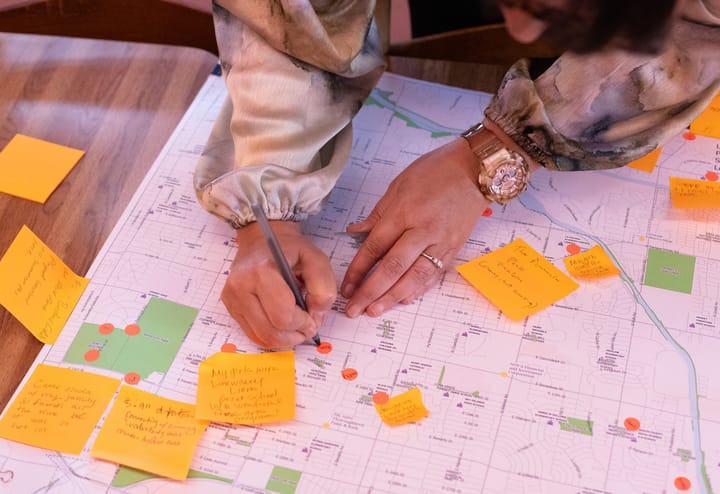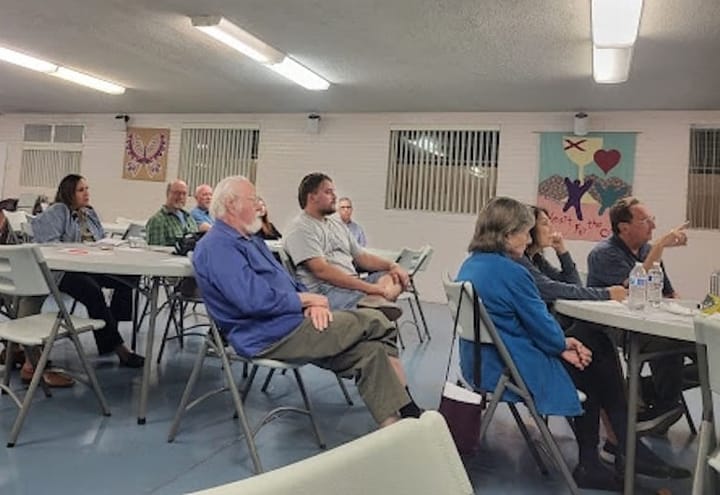Homing Project prepares to open Pallet shelter village
The Homing Project will hold a ribbon cutting next month for a tiny home village that will provide transitional housing and support services for people experiencing homelessness.
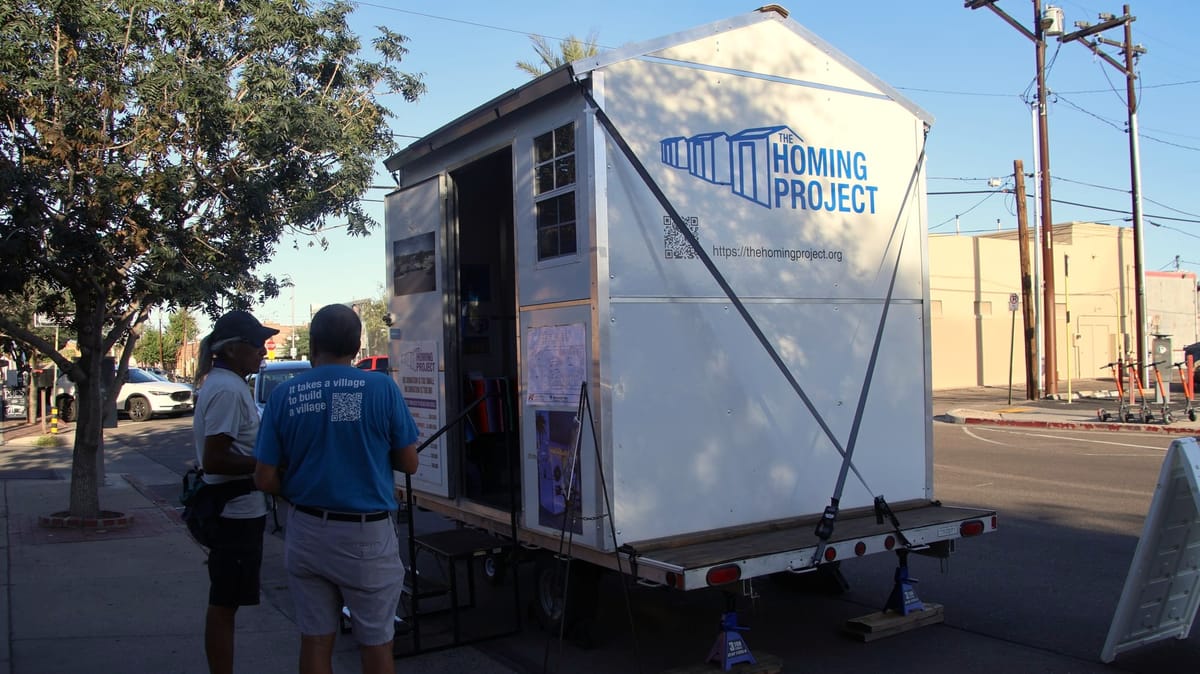
Years ago, on a frigid Tucson morning, a man experiencing homelessness knocked on Dr. Kris Olson-Garewal’s door and asked to come inside from the cold. She said no, but the moment stayed with her.
Today, that encounter has grown into The Homing Project, a new village near East Glenn Street and North Stone Avenue that will soon provide transitional housing and support services for Tucsonans living on the streets.
“It was 37 degrees out, and he came and knocked on my door and asked if he could come in,” Olson-Garewal said. “‘It's miserable out here,’ he said.”
Olson-Garewal had to turn him away, but the situation left her unsettled.
“I just thought that (saying no) wasn’t the right answer,” she said.
She spoke about the interaction with her son, Raj Garewal, who had experience working with unsheltered people in Los Angeles.
A few days later, he came back with a solution.
“He found these little houses that you could build in 45 minutes,” Olson-Garewal said.
Pallet Shelters, which have been used by the Federal Emergency Management Agency, are ready-to-build, climate-controlled tiny homes that can last up to five years. Each unit includes a sleeping area, space for personal storage and a lockable door for security.
From 64-square-foot living quarters to larger community rooms, Pallet has moved beyond emergency management and into transitional housing. California-based Hope the Mission has five Pallet villages and two resource centers for people experiencing homelessness.
When Garewal first returned with the idea of a Pallet shelter village in Tucson, his mother was not entirely on board.
“No, I’m retired,” she told him. “Two days later, I thought, ‘What does retirement mean (for me)?’”
Olson-Garewal previously worked as the state medical director for the Arizona Health Care Cost Containment System, was a health consultant to the Yaqui Nation and volunteered at free clinics in several states and in Central America.
During her work, she saw firsthand how disparities, including homelessness, impacted health.
“So much of their time is just survival; a place to sleep, where they won't be disturbed, finding food, finding a bathroom,” Olson-Garewal said. “That, to me, was one of the very persuasive reasons for doing this, is they have no dignity.”
But building a village from the ground up takes its own village. The site of The Homing Project’s future Pallet shelter village is owned by the Southern Arizona Land Trust and intended for future apartment housing.
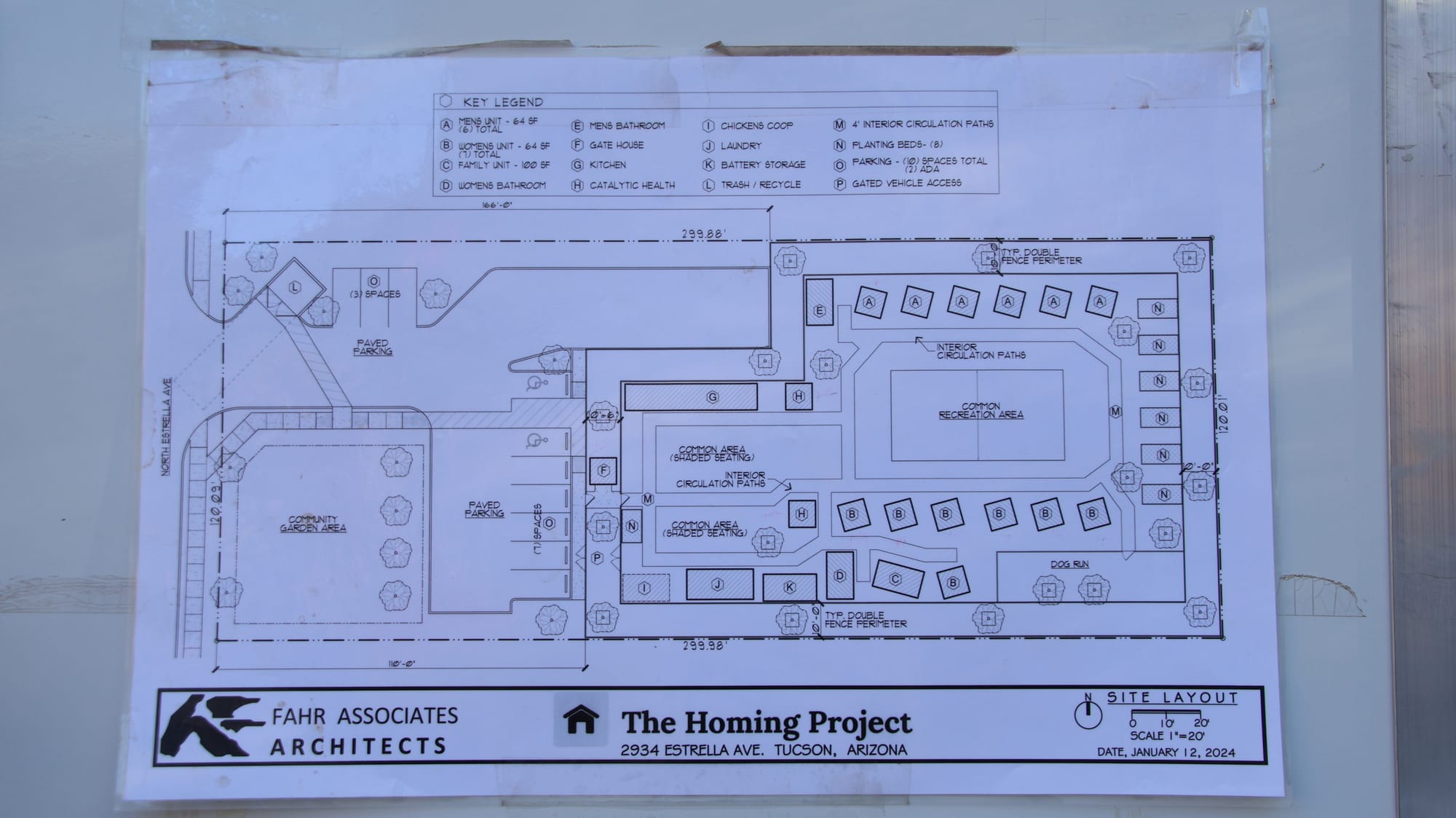
The Homing Project officially broke ground in April.
“All of us were just ecstatic,” Olson-Garewal said. “You had (thought) we had just built a big mansion.”
Mark Leinhos, a Homing Project board member and chief technology officer, first got involved with The Homing Project when he saw a call for volunteers.
“There was a social media post years ago to help clean up one of the lots that was going to be used for one of the villages. I thought, ‘Well, that's a great idea,’” Leinhos said.
Liz Waters, a retired nurse, also found The Homing Project at one of their cleanup events.
“I'm used to caring for people, and still do, and this has become a passion,” Waters said.
Waters said she’s appreciated seeing the group’s idea become a reality.
“It’s amazing what’s happening here.”
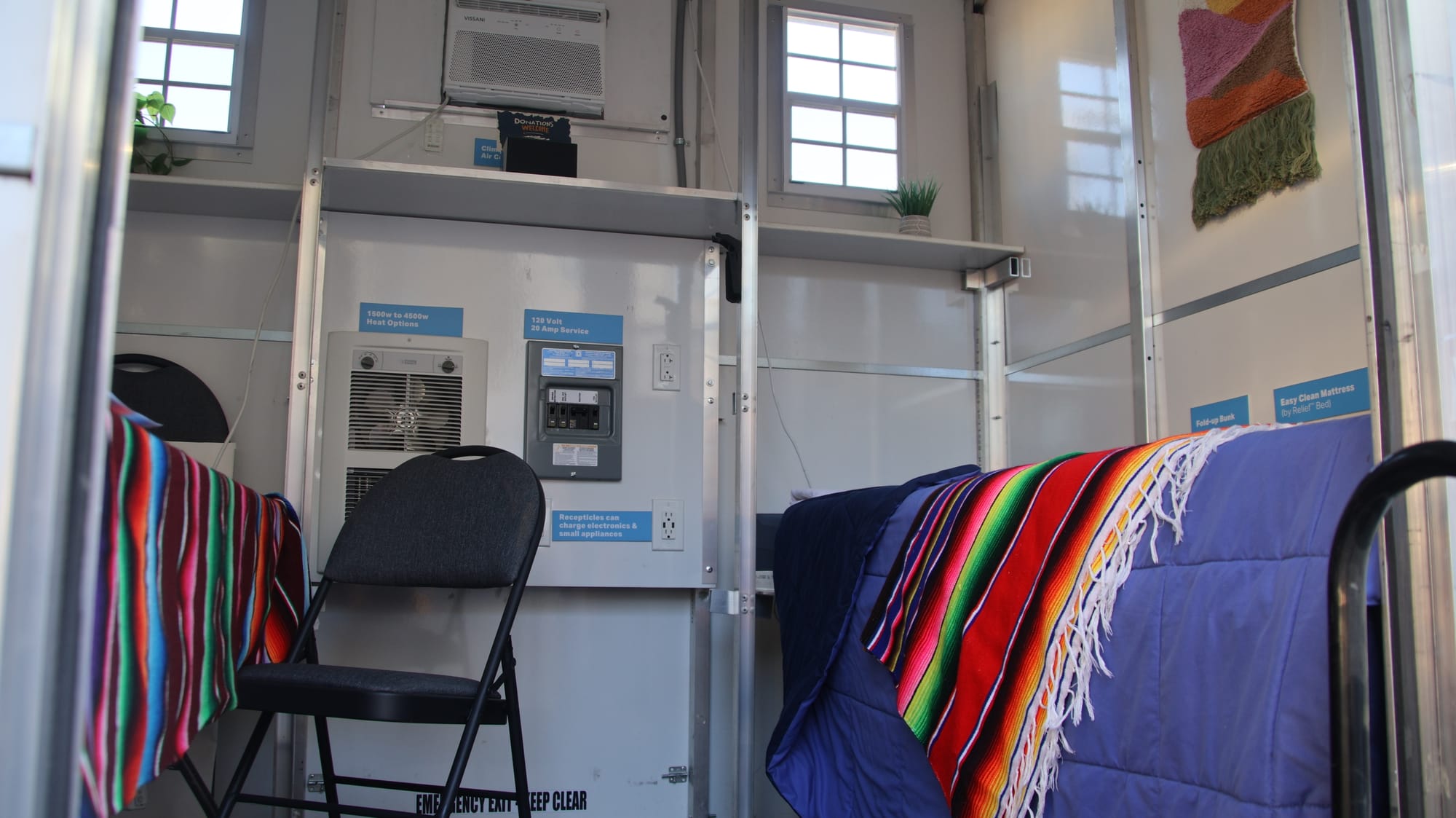
Olson-Garewal’s other son, Sean Garewal, is an EMT who has also worked with vulnerable populations in Los Angeles.
“It's something I brought with me into it. I have friends who have been homeless,” Sean Garewal said. “The idea that being on the street at 110, 120 degrees is just terrifying, (having) nowhere to go.”
Sean Garewal has been helping out on the project where he can, his enthusiasm for the upcoming grand opening palpable.
“I'm really excited to have it open. I've been through the entire thing, from beginning to end,” Sean Garewal said.
A recent report by the Tucson Pima Collaboration to End Homelessness showed that more than 2,000 Tucsonans are experiencing homelessness, with nearly 75% living without stable housing for more than a year while also managing a disability.
The median rent in Tucson is almost $1,600, according to Zillow. If a person worked a minimum-wage job for 40 hours a week, two-thirds of their net monthly income would go solely to rent, not including utilities, insurance or other home expenses.
“We have such a huge need for this,” Leinhos said. “There are thousands of people living on the streets in Tucson, and there's no affordable housing. We need this temporary housing, but in the end, we need permanent housing, affordable housing. A lot of it is getting that discussion going.”
A ribbon-cutting for the village is planned for Oct. 18, along with a public tour of the property. Ideas for The Homing Project’s second village are in the works.
Topacio “Topaz” Servellon is a freelance journalist based in Tucson. Contact them at topacioserve@gmail.com.
Tucson Spotlight is a community-based newsroom that provides paid opportunities for students and rising journalists in Southern Arizona. Please consider supporting our work with a tax-deductible donation.

